The Rubik’s Cube has captivated minds for decades, evolving from a simple puzzle to a serious intellectual and competitive challenge. With the immense popularity of speedcubing, tracking your progress has never been more critical. Enter the Rubik’s Cube timer (Japanese:ルービックキューブタイマー), an essential tool for cubers who want to refine their skills and document their journey toward faster solving times. This article will delve into various aspects of using a Rubik’s Cube timer effectively, helping you understand how to track your solving progress and become a more proficient cuber.
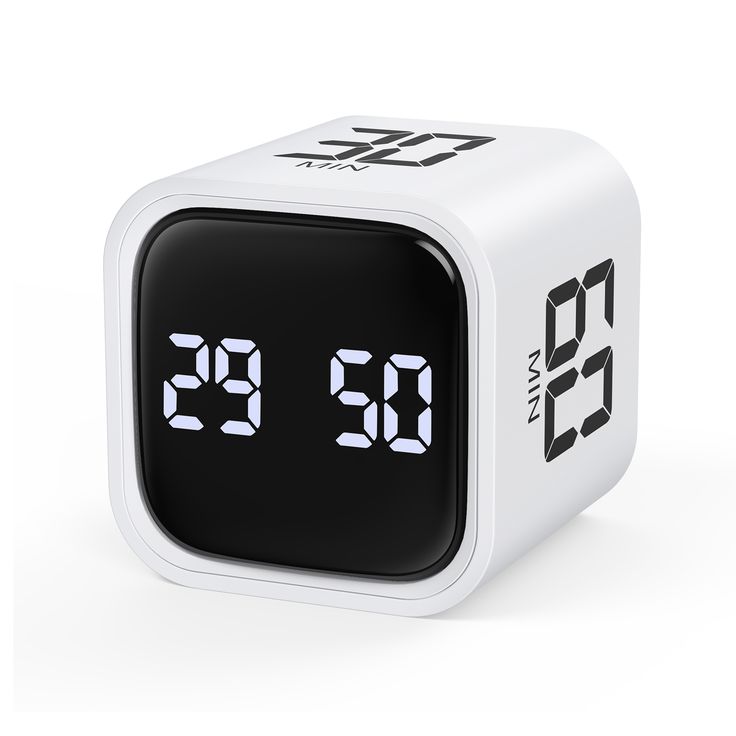
Understanding the Importance of a Rubik’s Cube Timer
Timing your solves goes beyond just watching the clock; it’s essential for growth. A Rubik’s Cube timer provides data that can significantly impact your training sessions. When you keep track of your solving times, you can identify your strengths and weaknesses. This insight allows you to allocate your practice time efficiently.
- Self-Evaluation: Using a Rubik’s Cube timer lets you analyze your performance. For example, you may find that you’re particularly slow in the last layer, prompting focused practice.
- Competitive Edge: In the speedcubing community, having precise data can give you an advantage. Participants track their best times to set personal records and to challenge others.
- Motivation: Watching your times decrease as you train can be incredibly motivating. A Rubik’s Cube timer effectively tracks your progress, helping you stay committed to improvement.
Incorporating a timer into your solving routine is fundamental for anyone serious about mastering the Rubik’s Cube.
How to Choose the Right Rubik’s Cube Timer
When selecting a Rubik’s Cube timer, there are several important factors to consider to ensure that you enhance your cubing experience effectively.
- Digital vs. Physical: Evaluate whether you prefer a digital timer or a physical one. Digital timers typically offer advanced features such as split times, averages, and detailed statistics about your performance. On the other hand, physical timers, while simpler, can be quite effective for those who have basic timing requirements and prefer a straightforward approach.
- Compatibility: Assess the compatibility of the timer with your existing devices. If you regularly use a smartphone or smartwatch, opt for timers that are specifically designed for these platforms. Many mobile apps provide comprehensive tracking, allowing you to monitor your progress easily without needing extra hardware.
- User-Friendly Interface: Focus on the interface of the timer. A user-friendly design ensures that you can navigate the settings quickly without distraction. You want to be fully concentrated on your solving, not struggling to operate the timer.
By considering these factors, you can choose a timer that simplifies tracking your results and enhances your overall Rubik’s Cube solving experience.
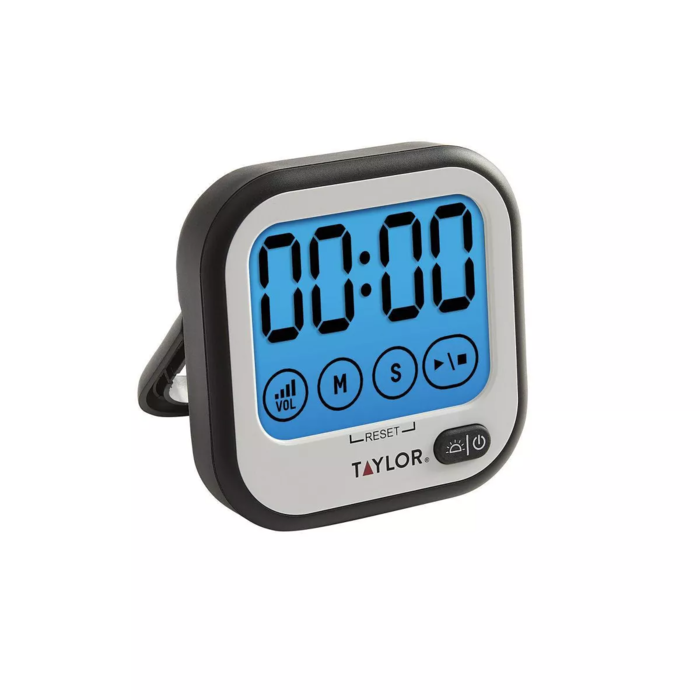
Setting Up Your Rubik’s Cube Timer for Optimal Use
Once you’ve selected your Rubik’s Cube timer, it’s essential to configure it for the best possible training experience. Here are several key points to consider:
- Calibration: If you’re using a digital timer, make sure it’s properly calibrated. This ensures that your timing is accurate, which is vital for tracking your progress and improving your speed.
- Environment: Designate a quiet and comfortable space for your practice sessions. A distraction-free environment helps you concentrate, allowing for more precise and focused cube-solving.
- Consistent Protocols: Develop a consistent method for starting and stopping the timer. Establishing a specific hand placement or rhythmic pattern can help create a routine that sharpens your focus and minimizes errors.
- Routine Maintenance: Regularly check your timer for any software updates or issues. Keeping your equipment in top condition ensures you won’t face any interruptions during your practice.
By implementing these strategies, you create an efficient setup that serves as a solid foundation for highly productive Rubik’s Cube practice sessions.
Analyzing Your Rubik’s Cube Timer Results
The true value of a Rubik’s Cube timer lies in analyzing the data it provides. Here’s how you can make the most out of your results:
- Review Times: After each solving session, dedicate time to review your completion times. Note any noticeable patterns; for instance, are your times improving overall, or are there specific solves that consistently take longer?
- Calculate Averages: To gain a deeper understanding of your performance, calculate your average solve time across multiple attempts. This metric reveals your consistency and highlights areas that may need improvement.
- Track Progress Over Time: It’s helpful to maintain a log of your solving times. Tracking your performance over weeks or months gives you a clear picture of your improvement journey and can serve as motivation for future practice.
- Identify Strengths and Weaknesses: Use your timer data to pinpoint specific strengths and weaknesses in your solving technique. This targeted approach allows you to focus your practice on areas that will yield the greatest improvement.
Regular analysis of your timer results transforms raw data into actionable insights, facilitating continual improvement and enhancing your overall solving skills.
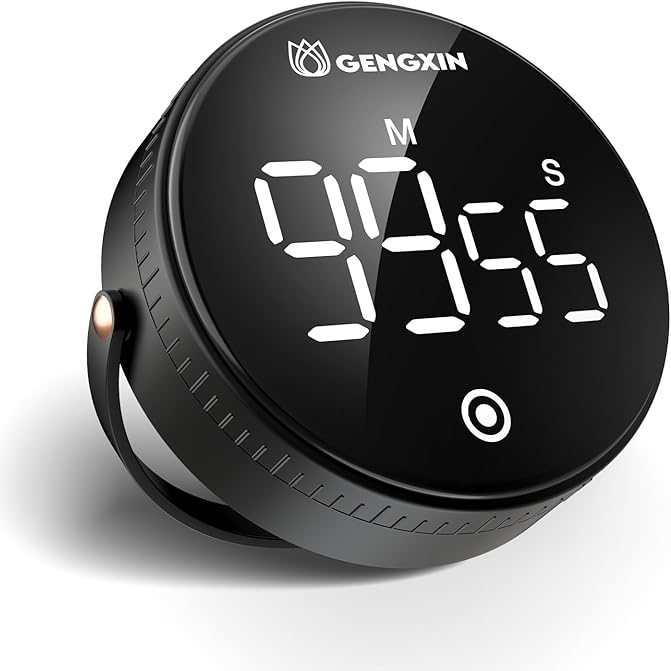
Utilizing a Rubik’s Cube Timer for Targeted Practice
Using a Rubik’s Cube timer can significantly enhance your practice sessions, allowing you to pinpoint areas for improvement and efficiently track your progress. Here are some strategies to effectively utilize your timer for targeted practice:
- Focus on Weak Areas: Begin by analyzing your timer results to identify specific techniques or steps that consistently take longer than others. For instance, if your F2L (First Two Layers) consistently slows you down, dedicate practice time to mastering F2L algorithms. Use your timer to document how your solving time improves as you refine these techniques.
- Set Personal Challenges: Create specific, measurable goals to motivate yourself. For example, aim to reduce the time taken for the first layer to under 10 seconds or the second layer to under 15 seconds. By breaking your practice into segments and targeting each step, you build a more efficient solving strategy.
- Prepare for Competitions: If you are considering participating in a speedcubing competition, simulate the event conditions during practice. Use your timer to mimic the pressure of timed solving and incorporate official rules, such as inspection time. This practice will help you acclimate to the competitive environment, reducing performance anxiety on the day of the competition.
By following these strategies and letting the data from your Rubik’s Cube timer guide you, you can achieve substantial improvement in your solving skills. Targeted practice leads not only to enhanced performance but also boosts confidence as you see tangible progress.
Sharing Your Rubik’s Cube Timer Data with the Community
Being part of the speedcubing community opens doors to learning and motivation. Sharing your results can elevate your experience.
- Join Online Forums: Websites and forums abound where speedcubers share their times, techniques, and tips. Being part of this community encourages collaboration and support.
- Social Media Sharing: Many cubers showcase their progress on platforms like Instagram or YouTube. Sharing your journey, including times from your Rubik’s Cube timer, can inspire others while holding you accountable to your goals.
- Local Cubing Groups: Participate in local cubing meetups where you can share your experience. Engaging face-to-face can build solid connections with fellow enthusiasts.
Connecting with others who share your passion enhances your personal journey and contributes to a thriving community.
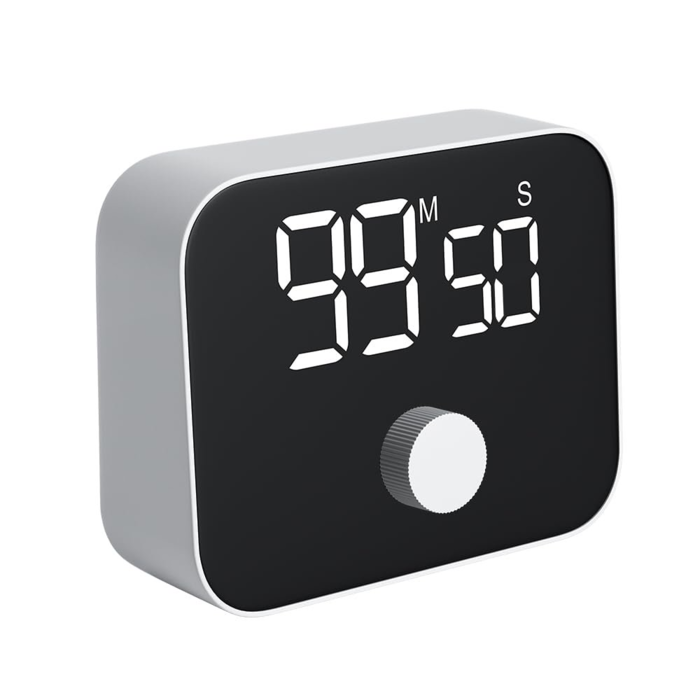
Overcoming Challenges with Your Rubik’s Cube Timer
Despite its many benefits, using a Rubik’s Cube timer can present challenges.
- Frustration with Times: As with any skill, improvements can be gradual. It’s important to remain patient and continue practicing, even if your times plateau for a while.
- Technical Issues: Sometimes timers can malfunction. Ensure that your device’s software is up to date, and familiarize yourself with the troubleshooting options.
- Maintaining Motivation: Even the most dedicated cubers may experience burnout. To combat this, vary your practice routines and incorporate fun challenges that keep you engaged.
Navigating the challenges linked with your Rubik’s Cube timer can lead to resilience and further improvement.
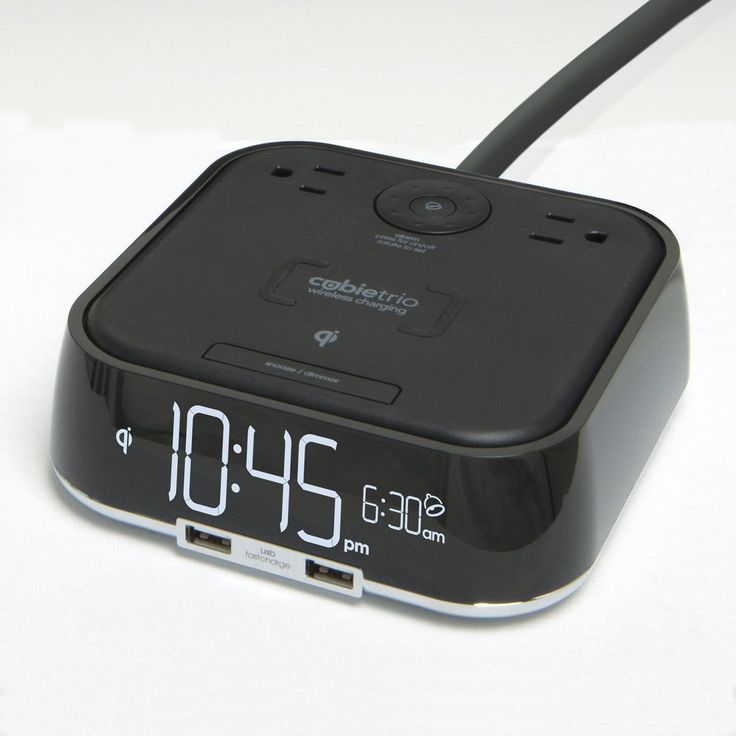
The Future of Rubik’s Cube Timing Technology
As technology continues to advance, the tools we use to track our solving progress will also evolve.
- Innovations in Apps: Expect to see more features in timer apps, including real-time feedback and advanced analytics.
- Integration with Wearables: Future timers may integrate with smartwatches for seamless use while solving. Imagine receiving haptic feedback when you complete a solve!
- AI Tracking: Artificial intelligence may soon provide tailored practice sessions based on your data, revolutionizing how we improve.
Being aware of these technologies keeps you ahead in the speedcubing world and ensures that you’re utilizing the best tools available.
In conclusion, a Rubik’s Cube timer is not just a device; it’s a strategic partner in your cubing journey. By effectively utilizing this tool to track your solving progress, you can boost your performance, enhance your skills, and transform your cubing experience. So elevate your practice today with a Rubik’s Cube timer, and witness how it changes the way you approach this timeless puzzle. Happy cubing!